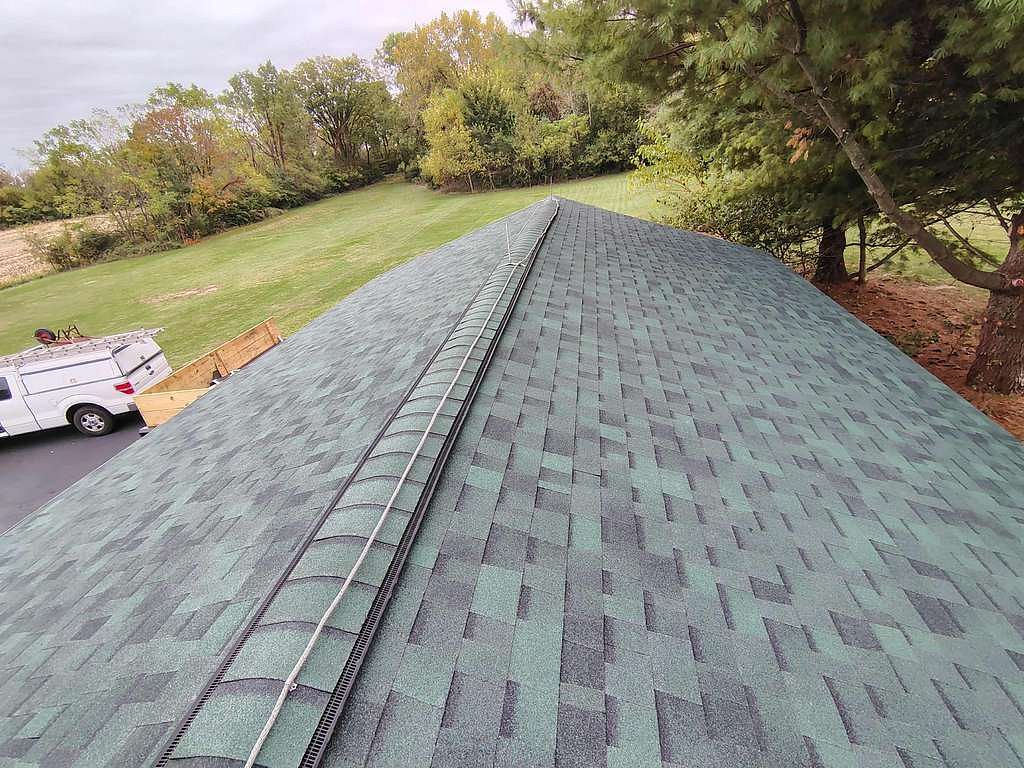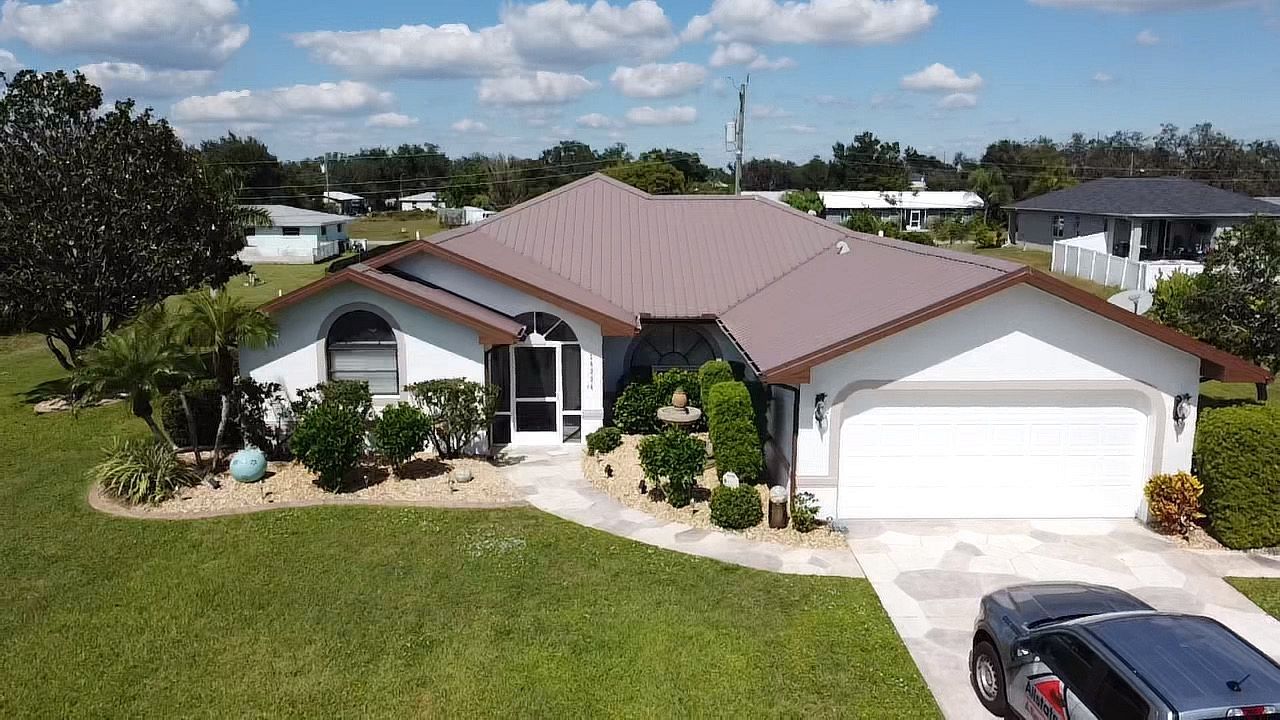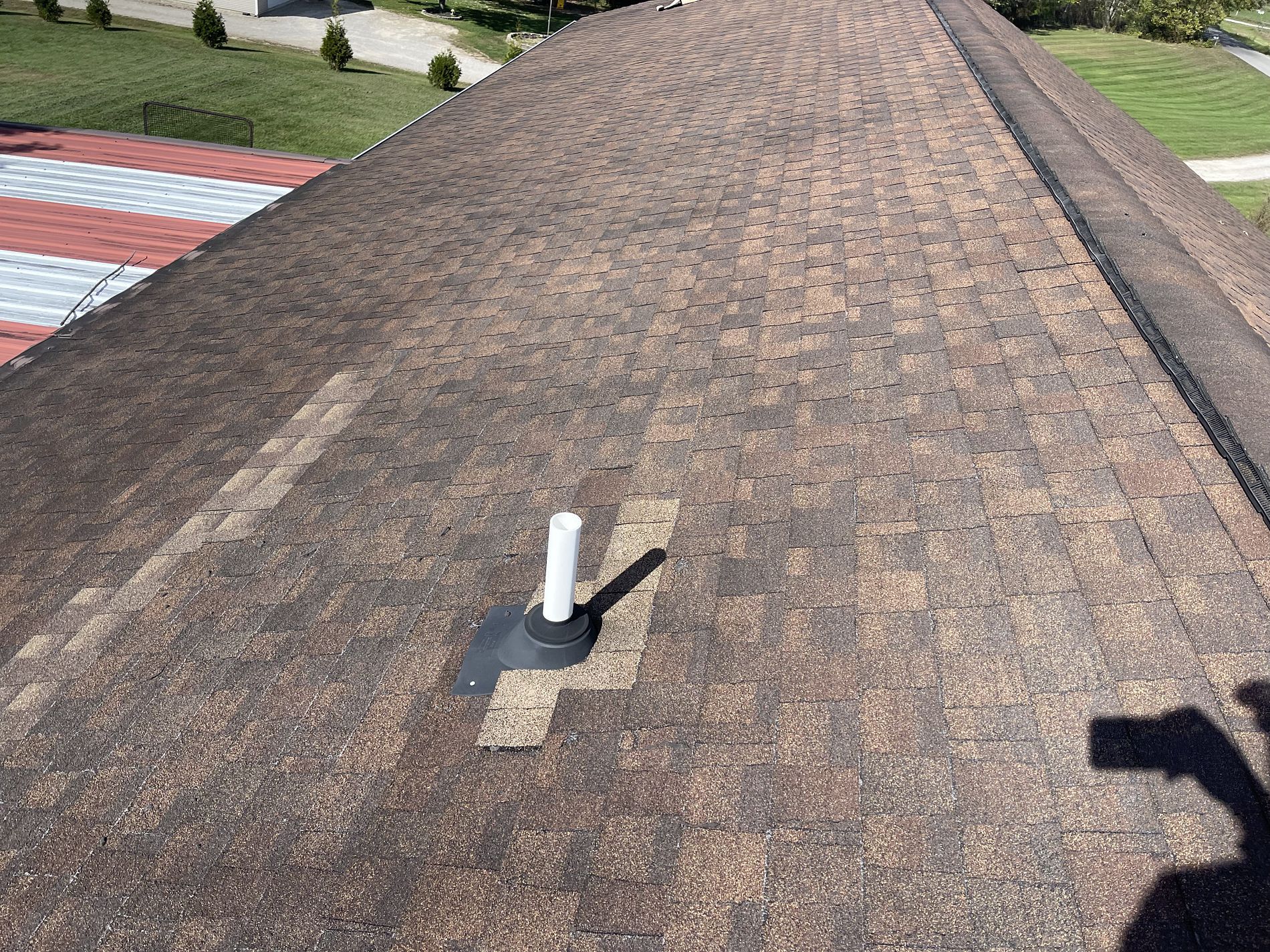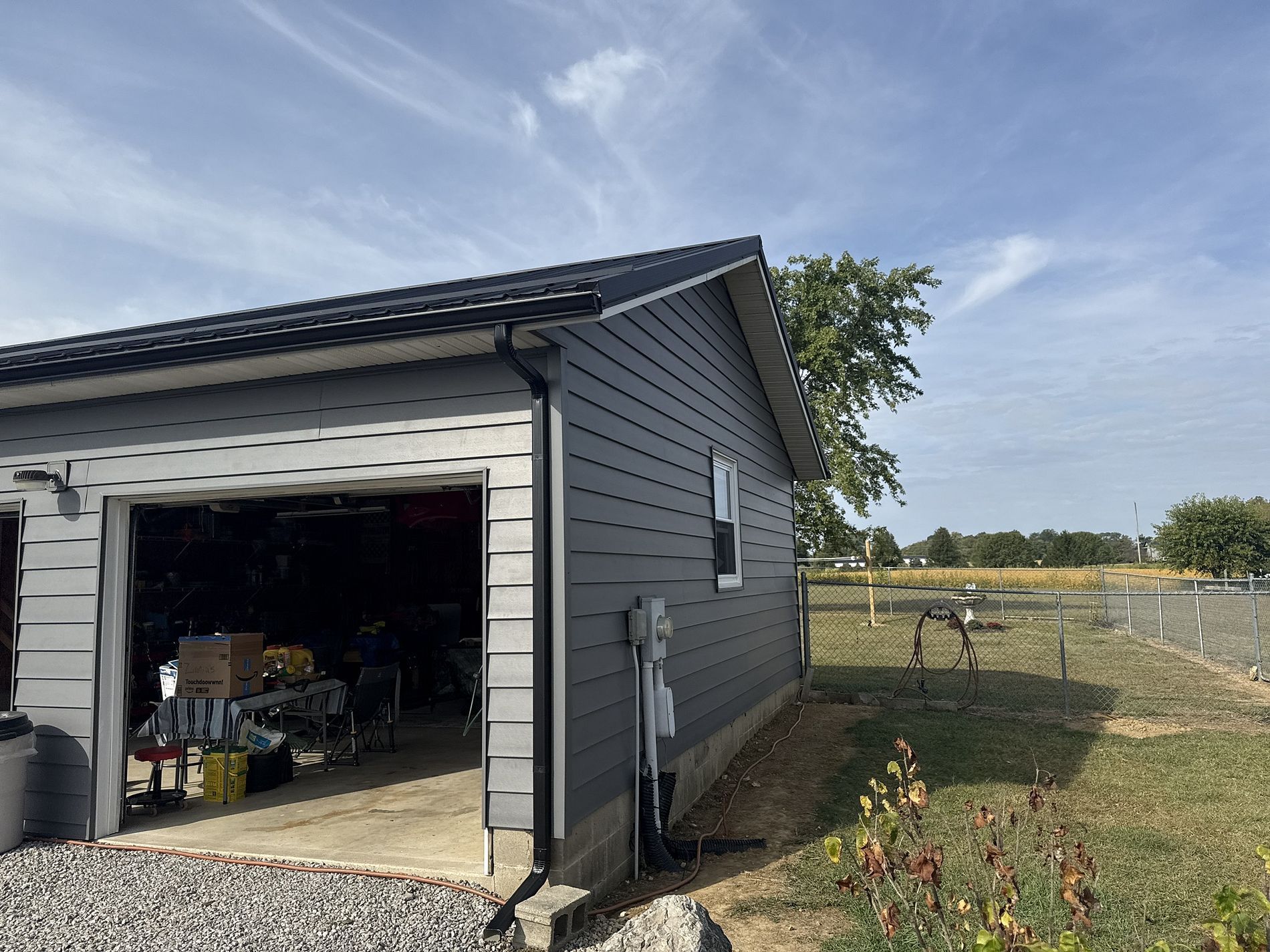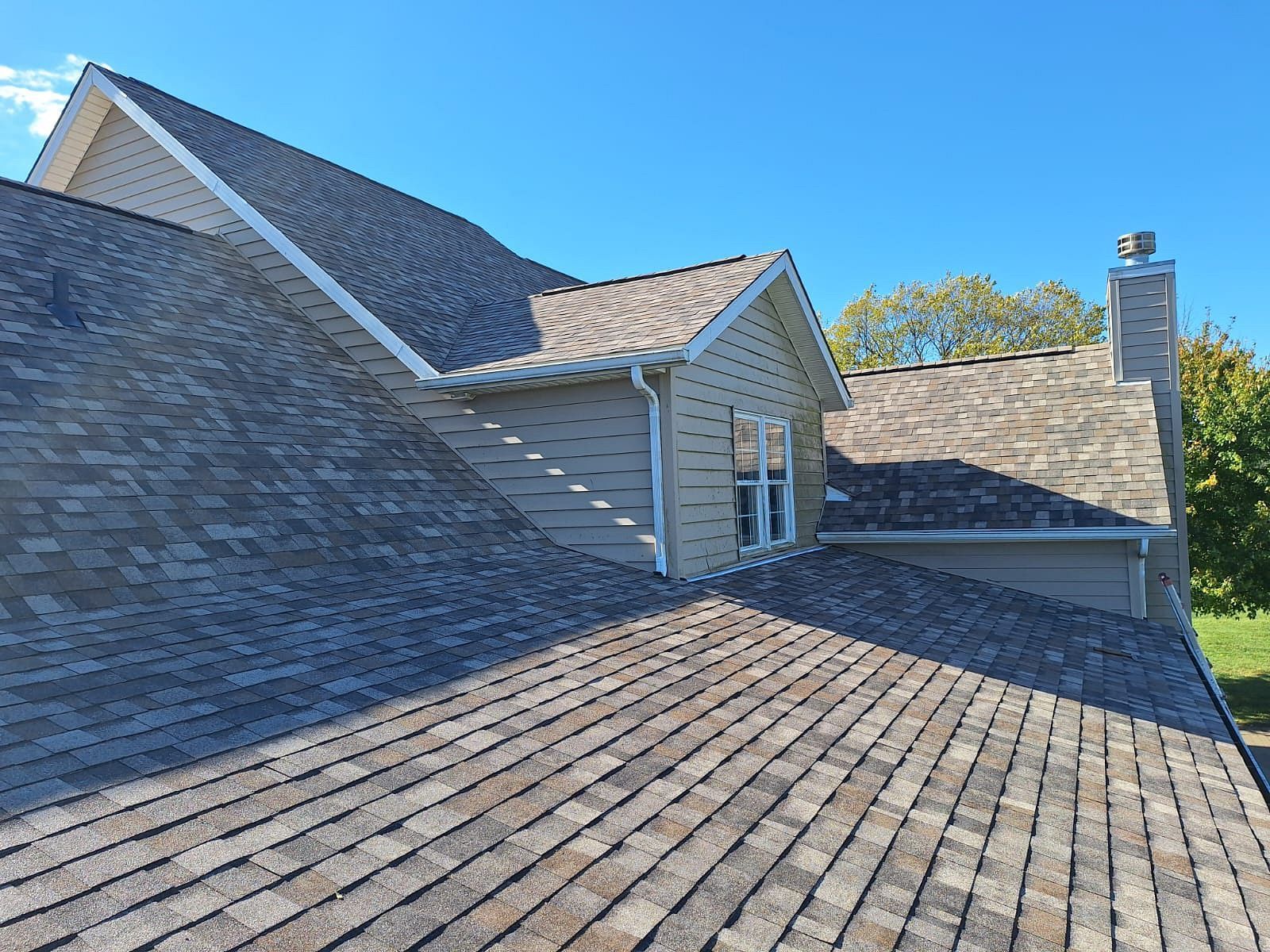13 Questions You Need To Ask Your Roofer

When it comes to roofing projects, it’s paramount to hire the right roofing contractor to ensure the job is done right the first time. There are a lot of roofing contractors out there, and choosing the best one can be a daunting task if you don’t know what to look for. When doing your research, be sure to ask the following questions to weed out the bad ones from genuine, experienced roofers.
#1: Are you local to me?
When looking for a professional roofing company, it’s always advisable to go local. Hiring a roofing contractor within your area is very beneficial, especially when you’ll need emergency storm repairs. A local contractor also understands the weather conditions your roof is exposed to all year round, so you can depend on them to recommend the right roofing material for your home.
#2: How long have you been in business?
Your roof is an expensive investment and you wouldn’t want it to be the guinea pig for every aspiring roofing contractor. Ask your roofer how long they’ve been in business to gauge if they have the required experience to carry out your roofing project professionally. Many homeowners have fallen victim to handymen who cease operation soon after the project, only to discover the installation was defective.
#3: Who will be installing my roof?
Make sure your roofing contractor uses reliable crews to complete your roofing job. Reputable roofers often get professional training from leading manufacturers to help them deliver quality roofing services which can be guaranteed to last a lifetime.
#4: What training and experience does the crew have?
Working with a manufacturer-certified roofer is always a smart choice. Roofing projects require adherence to industry and manufacturer standards to guarantee quality performance. Ask the roofer if their crew has special training from the manufacturer of your preferred roofing material.
Reputable roofing material manufacturers such as GAF, Owens Corning, and CertainTeed enforce rigorous standards for certification. Moreover, the contractor must be insured, licensed, and have a proven reputation in the local community to get certified. They must also commit to continuous professional training to ensure the crew has fully mastered the installation, maintenance, and repair of their roofing products.
#5: What past customers can I talk to?
Most professional roofers are recognized for their quality of service. More often, homeowners get word of mouth referrals when searching for roofing companies. Be sure to ask your potential roofer to share with you details of any previous customer whom you can speak with concerning their workmanship and professionalism.
#6: When would you be able to schedule my job and how long will it take?
An established roofer should be able to provide definite timelines on when they’ll schedule your roofing project and how long the process will take. They should also keep you in the know throughout the project and communicate promptly whenever inclement weather causes delay.
#7: Do you have proper licensing and certification?
Ask your roofer about the insurance coverage they carry. Typically, a professional roofer must have workers compensation insurance to protect their workers in case of an injury, and liability insurance to protect you in case they cause damage to your property.
#8: Is a building permit required for my project?
In most states, the permit required for roof replacement is the same permit you will need for any major construction work on your home. You’ll need a building permit when carrying out major renovation works or making structural changes to your home, but minor roof repairs don’t often require a permit. A dependable roofer should advise you about permit requirements and pull one on your behalf.
#9: What steps do you take for the safety of your workers?
Although it’s now required by law for roofers to offer workman’s compensation coverage to their employees, be sure to ask how they plan to protect their crew. Some roofing contractors may take chances to cut down on operating costs, exposing homeowners to risks of liability claims should something happen to their roofing crew.
#10: What steps do you take to ensure the safety of my home and my family?
A professional roofer will use a myriad of tools and machinery to get the job done. Ask your roofer how they plan to organize their machinery, including trucks, dumpsters, and ladders to prevent damage to your property or injury to your family members. They should also carry liability insurance just in case something goes wrong.
#11: Do you provide a written estimate?
Your contractor should provide a detailed estimate in writing before you sign or agree to anything. You’ll want to know the actual cost of tearing off the old roof, installing the new roof, disposing of debris, and other repairs which may come up during the project.
#12: Do You Offer a Workmanship Warranty?
A professional and experienced contractor will stand behind their work by offering a workmanship warranty. You can expect shingles to last about 15-25 years, so be sure to ask your roofer the length of warranty for your new roof.
#13: Will you remove and dispose of the old roof?
It’s not uncommon for roofers to tear off old roofs and install new ones. Ask your roofer if they’ll remove your old roof and dispose of it. Typically, your roofer should take care of the entire process, including coming with a waste container to dispose of what’s left. Looking for a trustworthy and reliable roofing contractor can be a stressful ordeal. You should always have someone in mind to handle your various roofing issues whenever they arise.
Here at Allstate Exteriors & Restoration, we have extensive experience installing, repairing, and replacing roofs throughout Central Ohio. Contact us today to get your free estimate!
